
The Count of Monte Cristo is an adventure novel written by French author Alexandre Dumas (père) completed in 1844. It is one of the author's most popular works, along with The Three Musketeers. Like many of his novels, it was expanded from plot outlines suggested by his collaborating ghostwriter Auguste Maquet.
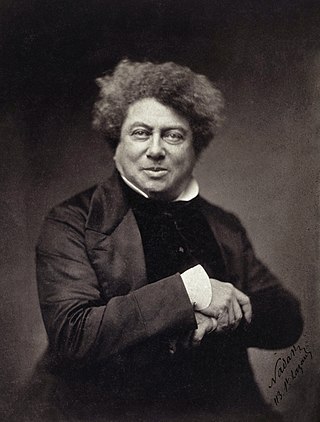
Alexandre Dumas, 24 July 1802 – 5 December 1870), also known as Alexandre Dumas père, was a French novelist and playwright.

Sword-and-sandal, also known as peplum, is a subgenre of largely Italian-made historical, mythological, or biblical epics mostly set in the Greco-Roman antiquity or the Middle Ages. These films attempted to emulate the big-budget Hollywood historical epics of the time, such as Samson and Delilah (1949), Quo Vadis (1951), The Robe (1953), The Ten Commandments (1956), Ben-Hur (1959), Spartacus (1960), and Cleopatra (1963). These films dominated the Italian film industry from 1958 to 1965, eventually being replaced in 1965 by spaghetti Western and Eurospy films.

A swashbuckler is a genre of European adventure literature that focuses on a heroic protagonist stock character who is skilled in swordsmanship, acrobatics, and guile, and possesses chivalrous ideals. A "swashbuckler" protagonist is heroic, daring, and idealistic: he rescues damsels in distress, protects the downtrodden, and uses duels to defend his honor or that of a lady or to avenge a comrade.

Rhys Chatham is an American composer, guitarist, trumpet player, multi-instrumentalist, primarily active in avant-garde and minimalist music. He is best known for his "guitar orchestra" compositions. He has lived in France since 1987.
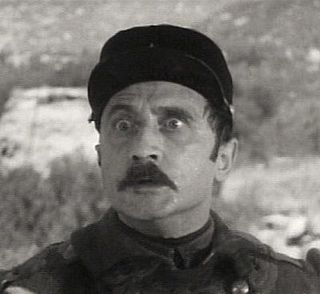
Jean Del Val was a French-born actor, also credited as Jean Gauthier and Jean Gautier.

Steve Brodie was an American stage, film, and television actor from El Dorado in Butler County in south central Kansas. He reportedly adopted his screen name in memory of Steve Brodie, a daredevil who claimed to have jumped from the Brooklyn Bridge in 1886 and survived.

Adele Jergens was an American actress.

Rowland Vance Lee was an American film director, actor, writer, and producer.

Thomas-Alexandre Dumas Davy de la Pailleterie was a Creole general, from the French colony of Saint-Domingue, in Revolutionary France. Along with his French contemporary Joseph Serrant, Toussaint Louverture in Saint-Domingue and Abram Petrovich Gannibal in Imperial Russia, Thomas-Alexandre Dumas is notable as a man of African descent leading European troops as a general officer. He was the first person of color in the French military to become brigadier general, divisional general, and general-in-chief of a French army.

Georges Renavent was a French-American actor in film, Broadway plays and operator of American Grand Guignol. He was born in Paris, France. In 1914, he immigrated to the United States, crossing the frontier between Canada and Vermont.

Swashbuckler films are a subgenre of the action film genre, characterised by swordfighting and adventurous heroic characters, known as swashbucklers. While morality is typically clear-cut, heroes and villains alike often follow a code of honour. Some swashbuckler films have romantic elements, most frequently a damsel in distress. Both real and fictional historical events often feature prominently in the plot.
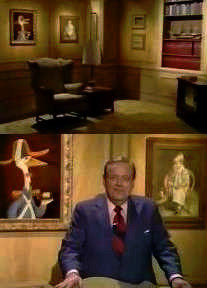
Family Classics is a Chicago television series which began in 1962 when Frazier Thomas was added to another program at WGN-TV. Thomas not only hosted classic films, but also selected the titles and personally edited them to remove those scenes which he thought were not fit for family viewing. After Thomas' death in 1985, Roy Leonard took over the program. The series continued sporadically until its initial cancellation in 2000.

Mitchell Lewis was an American film actor whose career as a Metro-Goldwyn-Mayer contract player encompassed both silent and sound films.
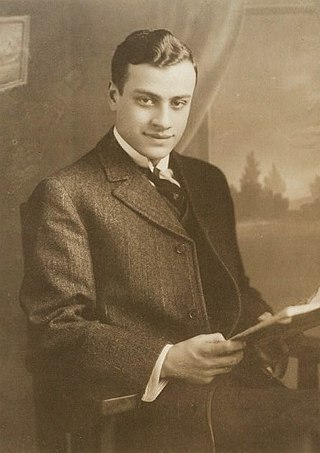
John Davidson was an American stage and film actor. He appeared in more than 140 films from 1915 to 1963. He was born in New York City, and he died in Los Angeles, California.

Nerio Bernardi was an Italian film actor. He appeared in nearly 200 films between 1918 and 1970.
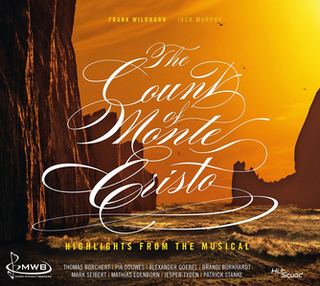
The Count of Monte Cristo is a musical based on the famed 1844 novel of the same name by Alexandre Dumas, with influences from the 2002 film adaptation of the book. The music is written by Frank Wildhorn and the lyrics and book are by Jack Murphy.
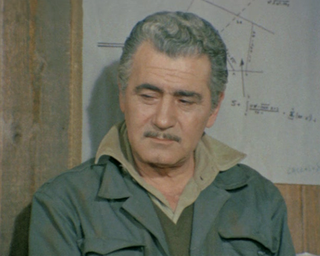
Ignazio Balsamo was an Italian film and stage actor.

Palazzo Parisio, formerly known as Scicluna Palace, Palazzo Scicluna, and officially Palazzo Parisio and Gardens, is a 20th-century palace in Naxxar, Malta. On site was a hunting lodge built in 1733 by Paolo Parisio, and was used as a summer or permanent residence, barracks and a college, before being acquired by the Marquis Scicluna in 1898.
The Napoleonic Wars were a defining event of the early 19th century, and inspired many works of fiction, from then until the present day.



















